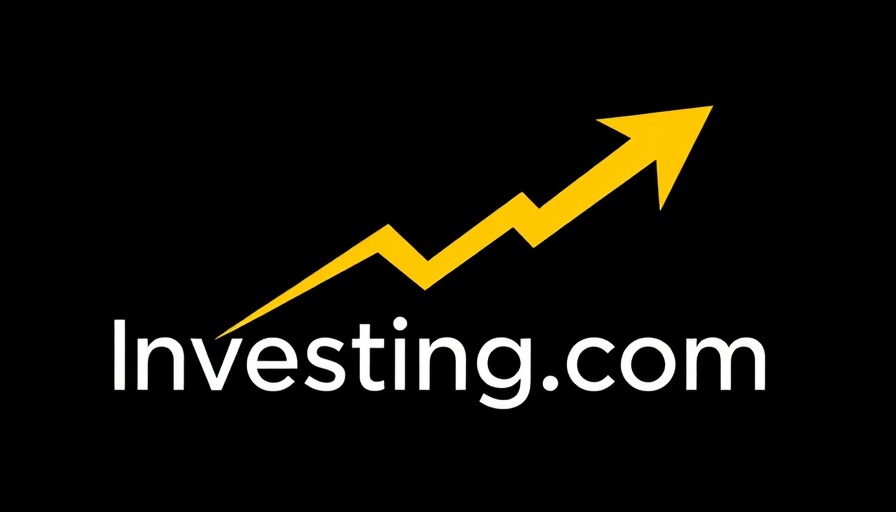
A Bright Future for Zhejiang Yongtai: Profit Forecasts Surge
Zhejiang Yongtai Technology Co., Ltd., a prominent Chinese manufacturer of chemical and battery materials, has announced an exciting projection for the first half of 2025. The company anticipates a remarkable net profit growth of between 50% and 70% year-over-year. This impressive forecast has garnered attention not only from investors but also from analysts tracking the growth potential in the global chemical industry.
Understanding the Financial Metrics
In concrete terms, Zhejiang Yongtai expects to achieve a net profit attributable to shareholders ranging from RMB 56.625 million to RMB 64.175 million for the January-June period of 2025. This is a significant leap from the RMB 37.6503 million reported in the same timeframe last year. Additionally, earnings per share are projected to increase from RMB 0.04 to between RMB 0.06 and RMB 0.07, underscoring the company’s positive trajectory. However, it’s important to note that when excluding non-recurring gains and losses, net profit is expected to range between RMB 20.35 million and RMB 27.90 million, indicating a potential drop from the prior year's figure.
Factors Driving Growth in Profitability
So, what’s behind this optimistic financial outlook? The company attributes its anticipated profit growth primarily to enhanced production capacity and better utilization rates at its subsidiaries, which include Inner Mongolia Yongtai, Yongtai New Energy, and Yongtai High-Tech. By bolstering operational efficiency, the company is poised to capitalize on growing demand for chemical products, particularly as the global market recovers from pandemic-induced disruptions.
Current Market Trends: What's Happening Globally?
The forecast emerges at a time when the world is increasingly recognizing the value of sustainable investments. Companies like Zhejiang Yongtai are at the forefront of integrating sustainability into their business models, aligning with global trends towards green technology and sustainable investing strategies. Investors are now looking closely at companies that not only promise financial returns but also contribute positively to environmental and social outcomes.
The Investor's Perspective: Reassessing Portfolios
For investors, these forecasts challenge existing perceptions of risk and opportunity within the chemical sector. With profit margins projected to expand, now might be an opportune moment for portfolio diversification. Investors could consider positioning themselves in sectors displaying robust growth, such as battery materials and renewable energy, which are crucial for powering the technologies of the future.
Global Opportunities and Emerging Markets
As investment landscapes evolve, China continues to present rich opportunities, particularly in sectors tied to green innovation. The anticipated growth of Zhejiang Yongtai aligns well with the emerging markets investments strategy. Investors are encouraged to keep a keen eye on this region, as companies that adapt to shifting environmental, social, and governance (ESG) criteria are likely to thrive in the upcoming years.
Conclusion: Making Informed Investment Decisions
In conclusion, Zhejiang Yongtai’s ambitious profit forecasts remind us that the chemical industry is pivotal in the wider conversation about sustainable economic growth. Investors should consider how announcements like this impact investment strategies, particularly in sectors linked to clean technology and energy efficiency. As the company sets the stage for potential market success, it becomes increasingly important for investors to engage in regular investment education and financial planning.
 Add Row
Add Row  Add
Add 



Write A Comment